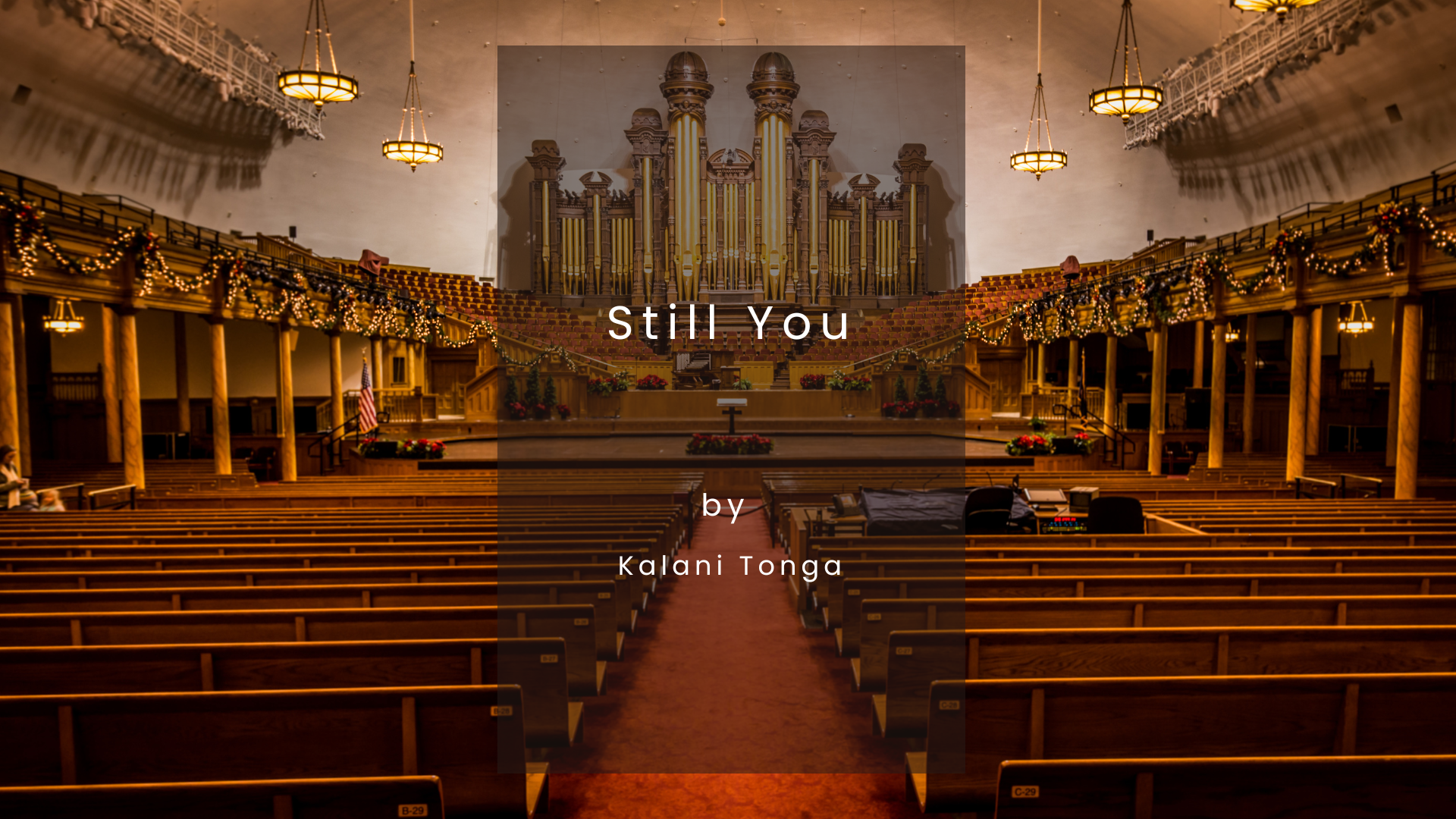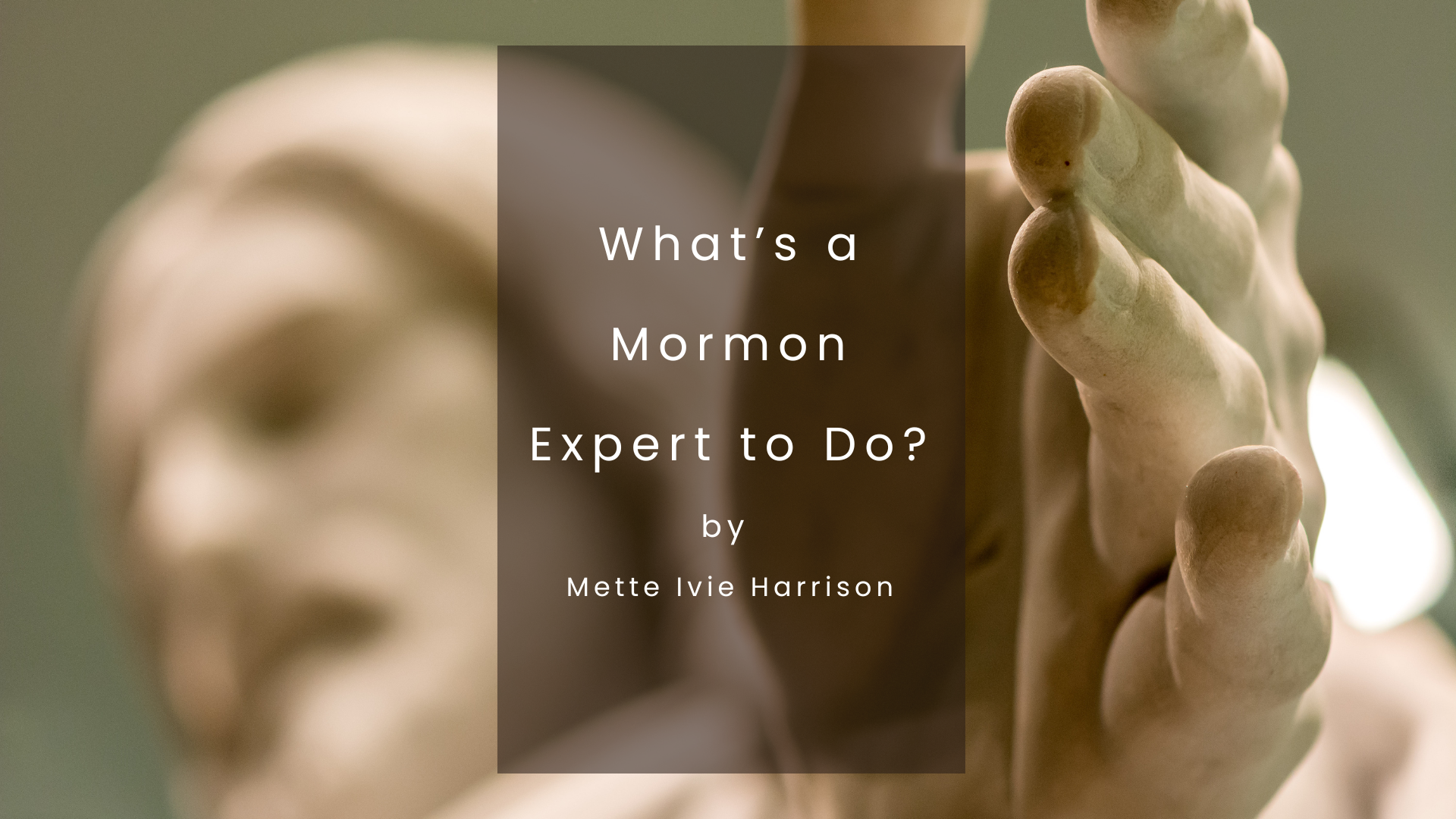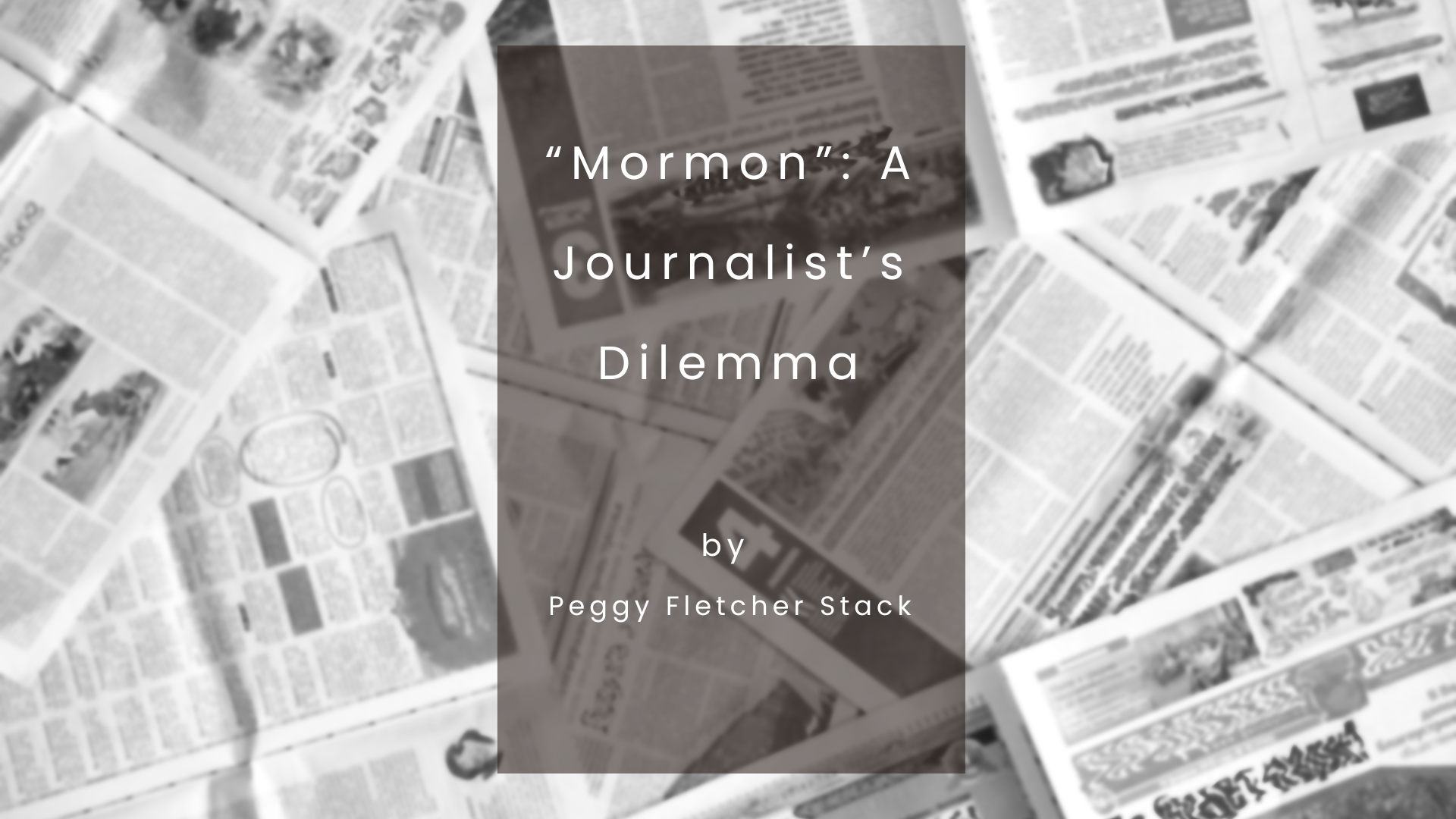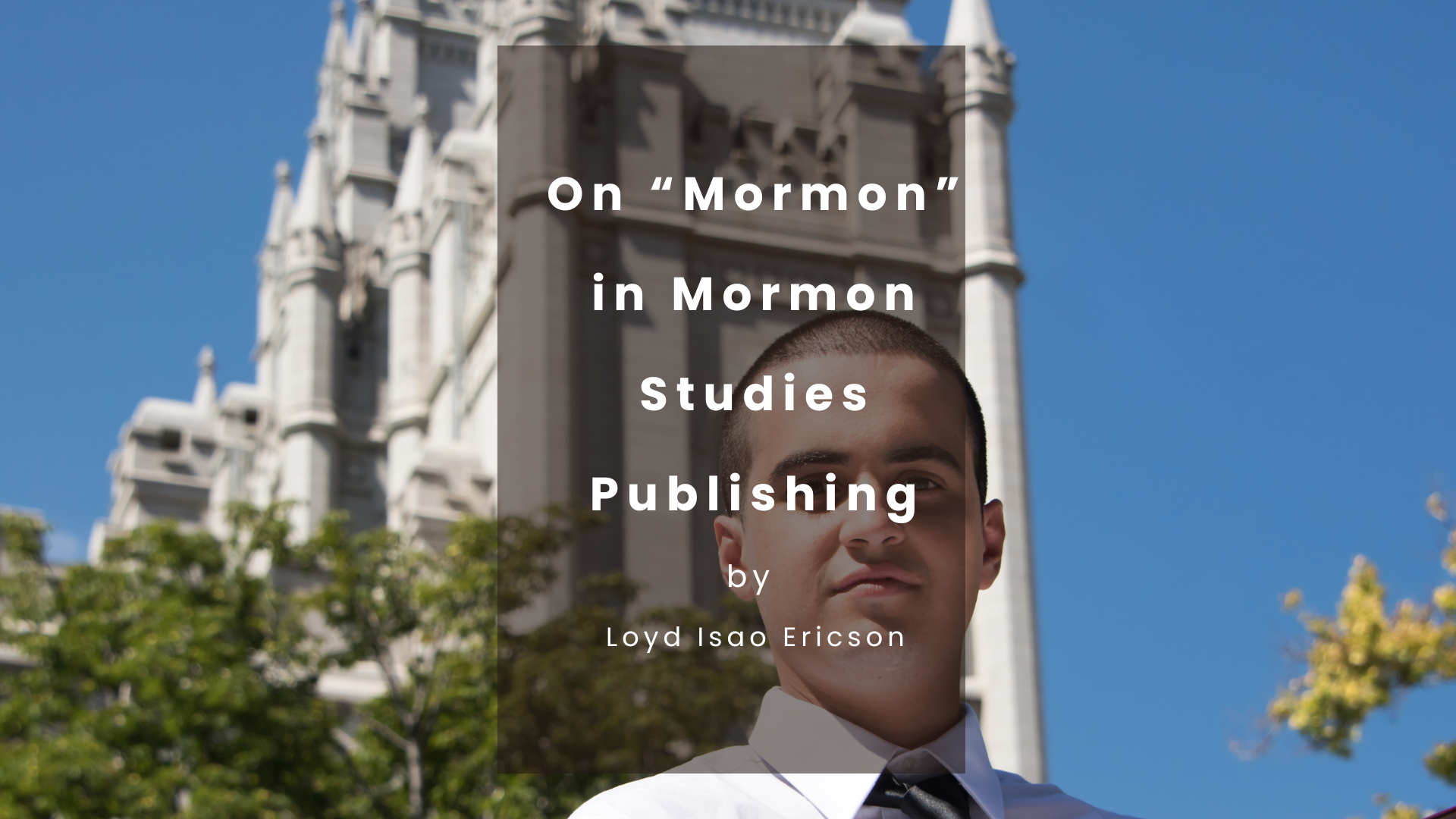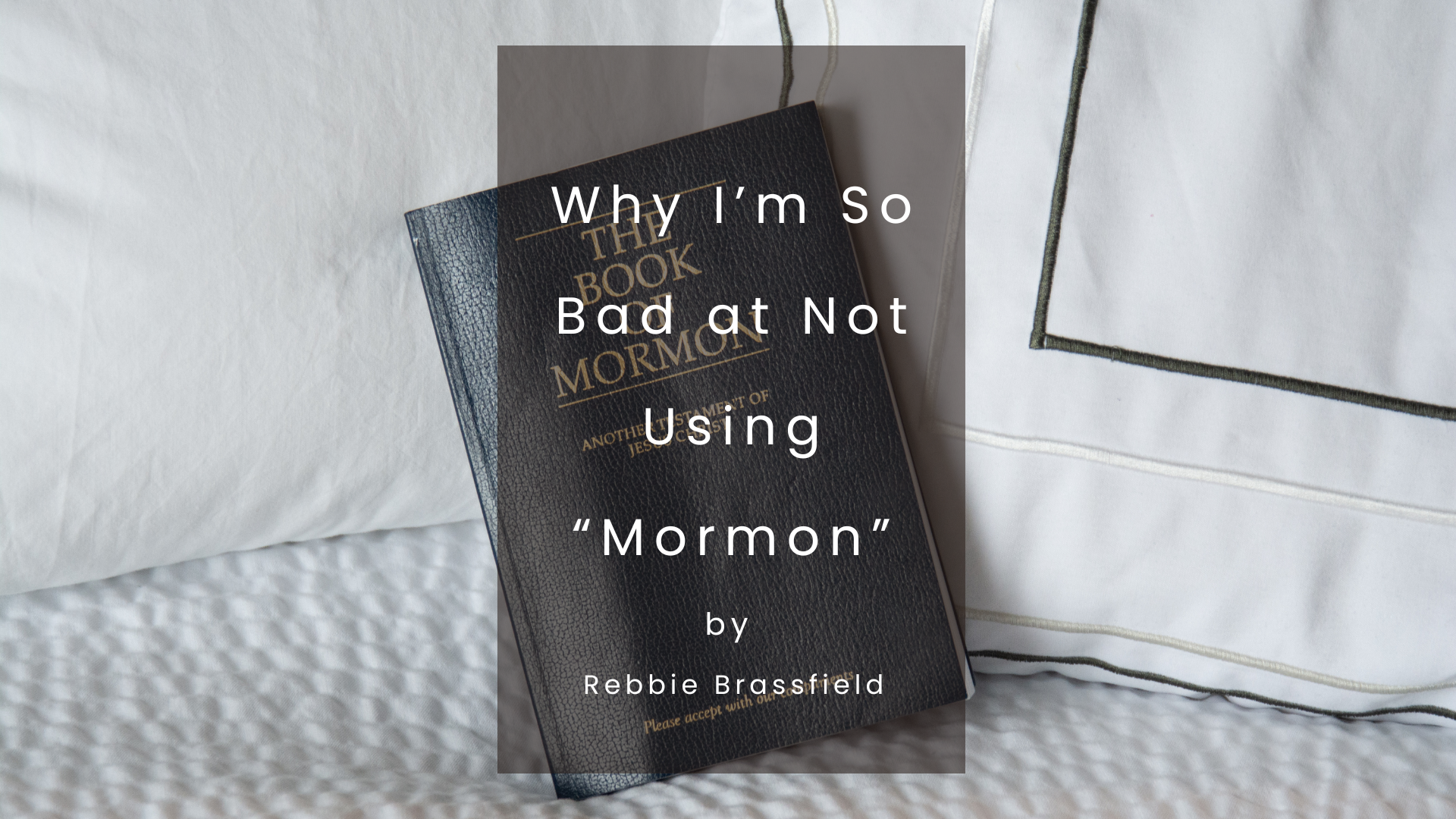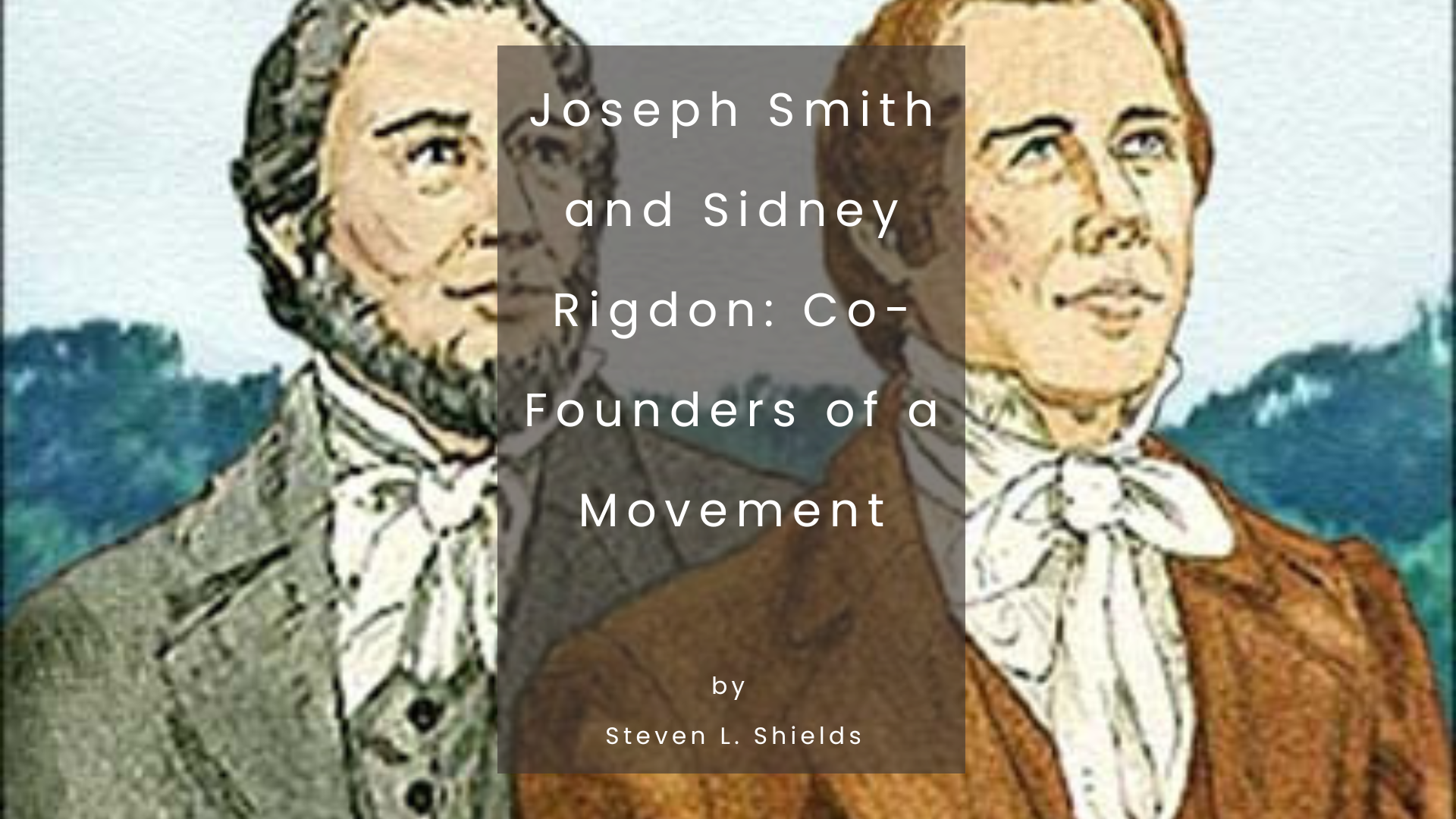Post Mormon Past
October 5, 2019I suppose I should have foreshadowed my own shadow. I should have seen what I did not want to see. That said, I must say, I see what I see for fear my shadow over-take me, for fear I become mere shadow of my former Mormon self. Formerly and formally, I tell it like it is, that is to say, “it” being what I see I say, what I say I mean, what I mean to say, I think is really me. I like to think I think so, so I say what I think.



